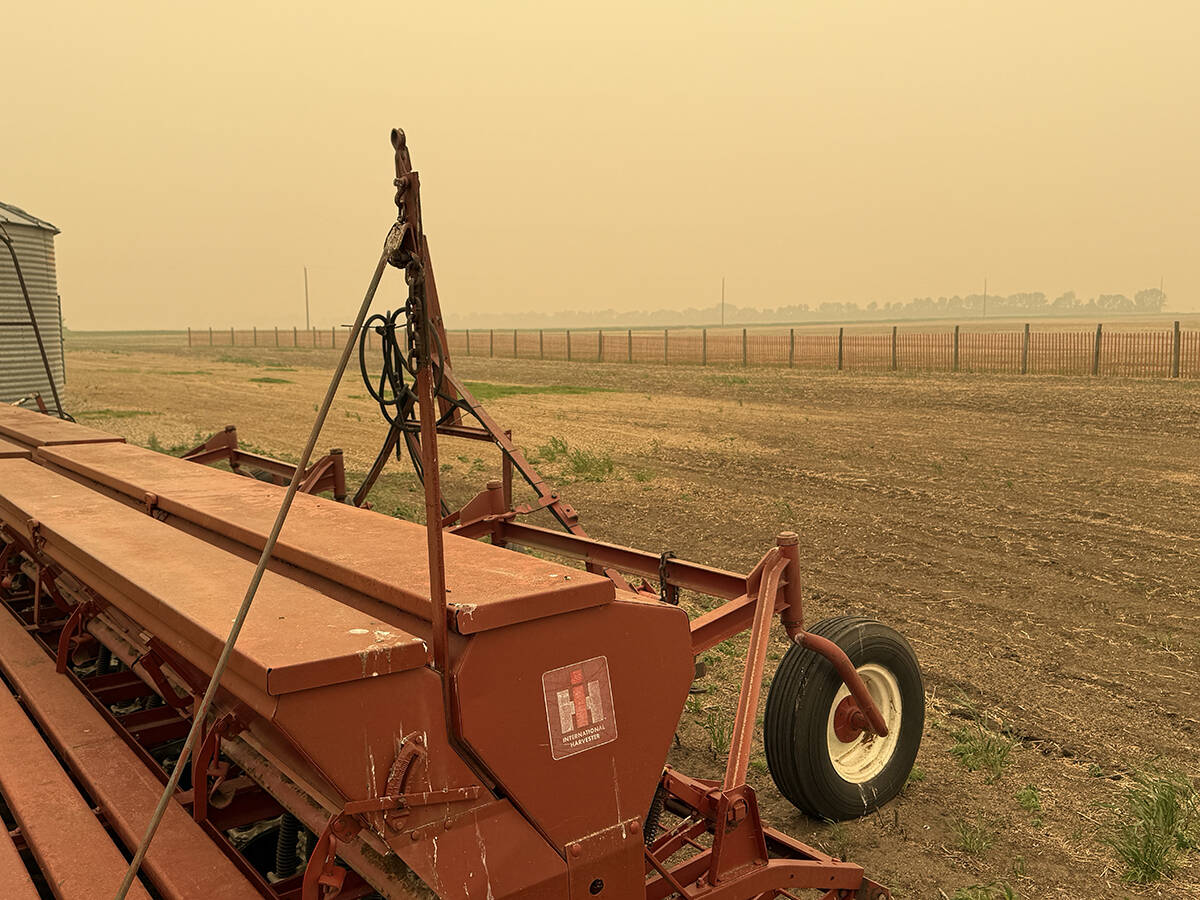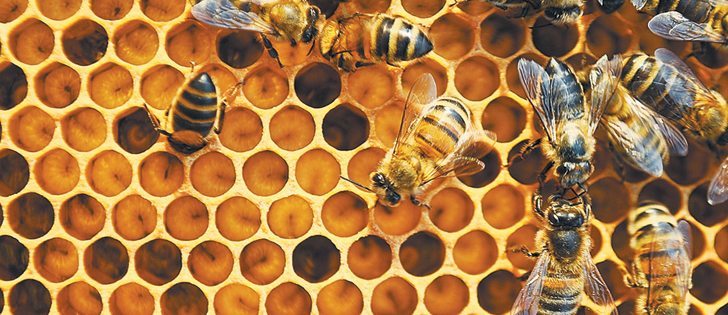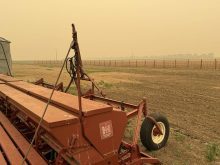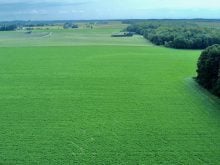However, an agronomist says seed treatments are better than foliar sprays
Using the same insecticidal seed treatment year after year isn’t “good product stewardship,” but it’s a better ecological choice than the alternative, says Greg Sekulic, a Canola Council of Canada agronomist.
“As part of integrated pest management, it seems a little counter-intuitive that we’re applying seed treatment on so many acres,” said Sekulic, who is based in Grande Prairie, Alta.
“What it does, though, is prevent a wider range of application of foliar products, which are far more catastrophic to the hundreds of species of neutral and beneficial insects…. I would argue on the Prairies, and globally, the biggest threat to honeybees is foliar applications of insecticides… made during their flying time.”
Read Also

Wildfires have unexpected upside this year
One farmer feels smoke from nearby wildfires shrouded the July skies and protected his crop from the sun’s burning rays, resulting in more seeds per pod and more pods per plant.
Over the last few years, environmental groups, scientists and the media have focused an unprecedented amount of attention on neonicotinoid seed treatments, which are applied to nearly all the canola and corn seed in North America and a large portion of soybean seeds.
Many believe that neonics, the most widely used class of insecticides in the world, are responsible for the reported decline in bee populations in North America.
Sekulic represents the Canola Council on the Honey Bee Health Coalition. The group, formed last June, includes an array of commodity groups, beekeeping associations, scientists and crop protection companies in the U.S. and Canada.
Sekulic is a member of a coalition subgroup, which is studying the best methods for crop pest management.
In November, the Ontario government announced a plan to reduce the amount of corn and soybeans planted with neonic treated seed by 80 percent.
Under Ontario’s proposed plan, farmers must adopt and prove they are using integrated pest management strategies to control insects. If not, they won’t be allowed to buy and use neonic seed treatments.
Sekulic said Ontario’s plan suggests that integrated pest management is a separate and distinct strategy from using insecticides.
“There’s a bit of misnomer that integrated pest management means no chemical crop protection products. That’s not the case.”
A number of Canadian pest management specialists have said farmers are overusing neonic seed treatments and the products are only needed on 10 to 30 percent of corn and soybean acres.
While he believes neonic seed treatments are preferable to foliar sprays, Sekulic said North America’s ag industry has become too dependent on a single class of insecticides.
“Using one product, on a large number of acres year in and year out, is not good product stewardship,” he said. “Using the same product, or even the same class of product, over and over again is a recipe for developing resistance in your target populations.”
Still, Sekulic said neonic seed treatments remain the best option for Western Canadian growers because flea beetles are unpredictable and can devastate canola yields.
“The pressure is so high they do overcome our seed treatments very, very regularly,” he said, adding foliar sprays are now common in the Peace River region.
“I would estimate that 40 to 50 percent of the fields that are in canola would require an insecticide application (foliar) every year.”
It seems unnecessary and uneconomic to use both a neonic seed treatment and a spray, but the insecticide on the canola seed is worthwhile because it reduces the likelihood of foliar application, Sekulic said.
Contact robert.arnason@producer.com
















